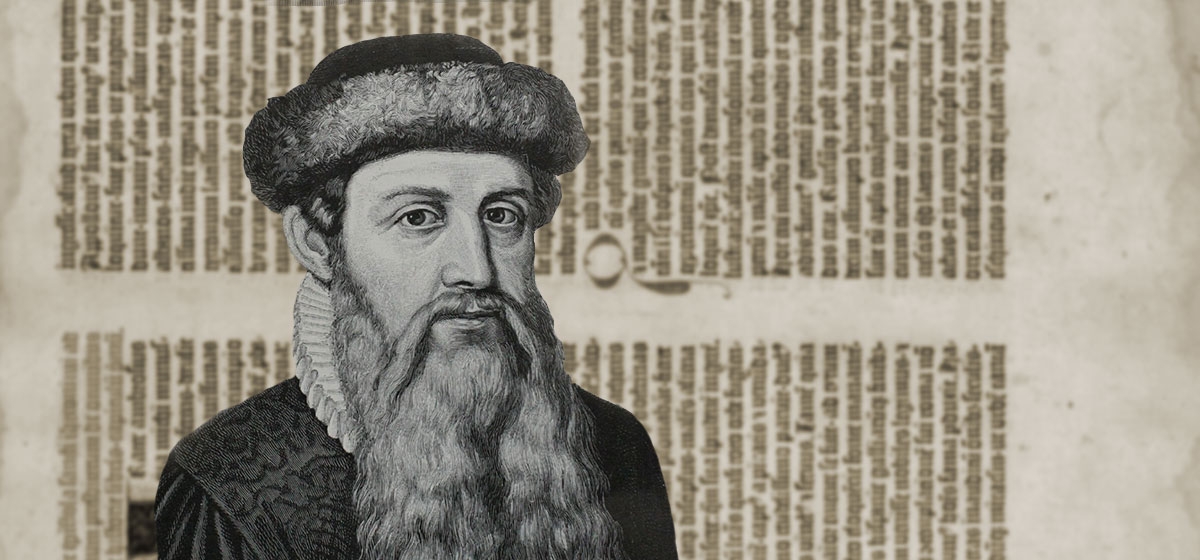Back to the Middle Ages: A Century of “Expertism” in America

The vast Federal regulatory apparatus that we know and love today got its start early in the 20th century under President Woodrow Wilson. Appropriately, Wilson was the only President in U.S. history to earn a PhD–he’d been president of Princeton University.
At that time the world still believed that Great Britain was the globe’s most powerful country. But this was misleading. When the new USA started its life as a country, it already had the highest standard of living in the world. Less than a century later the U.S. had surpassed Britain as the world’s largest economy, and by the beginning of World War I the U.S. economy was fully twice as big as Britain’s (roughly $554 billion for the U.S. to $250 billion for the UK, in 1990 dollars).
We might suppose, then, that when Wilson decided to remove a great deal of governance from the elected representatives of the people and place it instead into the hands of the experts, his motivation for doing so must have been the increasing complexity of American society. But if we supposed that, we would be wrong.
What motivated Wilson was the conviction that Americans were too stupid to know what was best for them. The public would always vote for the wrong people who espoused the wrong policies (i.e., the ones Wilson didn’t like), and therefore democracy needed to be constrained as much as possible.
In particular, Wilson despaired of the voting habits “of Germans, of Irishmen, [and] of Negroes.” He therefore removed extensive amounts of power from Congress and placed it in the hands of the agencies created by the legislation Wilson sponsored: the Clayton Antitrust Act, the Federal Farm Loan Act, the Federal Reserve Act, the Federal Trade Commission Act, the and the Revenue Act of 1913, which introduced an income tax. By comparison, FDR was a piker.
Over the years, vast quanta of expertise were created by the regulators who worked in these and other Federal agencies. Inevitably, though, those pockets of expertise degenerated over time into narrow priesthoods that carefully guarded their knowledge, sharing as little of it as possible with the society that gave them life and privilege. To see how dangerous this is, and the remarkable power of knowledge that is disseminated more broadly among the population, let’s travel back in time to the 14th century, the period we now think of as High Scholasticism.
In the European Middle Ages the two most important features of society were knowledge and religion, and both were jealously guarded by hermetically sealed priesthoods. Knowledge was guarded by a secular priesthood known as the “scholastics,” supposedly learned scholars who, in fact, knew very little. They added to their expertise not by creating new knowledge via research, but by dialectical reasoning, inferring conclusions from an existing, static body of accepted knowledge.
These towering experts of their time produced a philosophy that has been parodied by Josef Pieper as being “busied with sterile subtleties, written in bad Latin, and above all subservient to Roman Catholic theology.” (Stories of learned philosophers endlessly debating how many angels could dance on the head of a pin are probably apocryphal. But such stories precisely capture the essence of what then passed for knowledge.)
Religion offered a similarly sterile, hermetically sealed priesthood, this time of the sacred variety. Differ in the slightest degree from the prevailing orthodoxy and you could be drawn and quartered or burned at the stake. Think Galileo, who was lucky to escape with house-arrest-for-life.
This unhappy situation, in which the experts of the era controlled access to the most important gates of wisdom—knowledge and religion—lasted for roughly six centuries, and it might still persist today except for a fellow named Johannes Gutenberg.
Gutenberg invented the printing press in 1439, and almost immediately the tidy, sterile world of scholasticism and the medieval Church were blown to smithereens. As Marshall McLuhan pointed out, the resulting spread of knowledge beyond the secular and sacred priesthoods led directly to the Renaissance and the Reformation, and from there to the modern era.
A similar event occurred in the 17th century when a wealthy French aristocrat named Jean Baptiste de la Salle—his mother was a Moët, as in Moët et Chandon—gave away his fortune and began opening schools to educate poor children. This outraged the Church, the State, and even de la Salle’s own family: noting that hungry teachers didn’t teach well, de la Salle adopted the habit of bringing poor teachers home to live with him.
Many of de la Salle’s contemporaries considered his activities to be merely quixotic—the peculiar pastimes of an aristocrat who had already demonstrated his uncommon eccentricity by giving away all his money. What could possibly come of educating poor kids?
In fact, though, helping the poor—and almost everyone was poor in those days—gain access to the body of knowledge being spread across societies by Gutenberg’s invention proved to be a profoundly radical act. We can draw a straight—and not even very long—line from de la Salle’s opening of his first school in 1680 to the French Revolution in 1798.
Beginning with Woodrow Wilson, America began to repeat the mistakes of the Middle Ages, acting as midwife to the birth of ever more expert guilds, both inside and outside government. As in the Middle Ages, these experts initially accelerated the production of knowledge—after all, High Scholasticism, sterile as it was, represented an improvement over the Dark Ages.
But eventually and inevitably, the expert priesthoods degenerated. This harmed the experts themselves, whose ever-more-static knowledge base couldn’t be enriched from the outside. Knowledge became flat and self-referential. Far more important, the degeneration of the experts retarded the forward progress of the society that created and nurtured them.
Next week I’ll make a few concluding observations about this phenomenon and also bring this long series of posts to a close.
Next up: DP&TE, Part XIV





